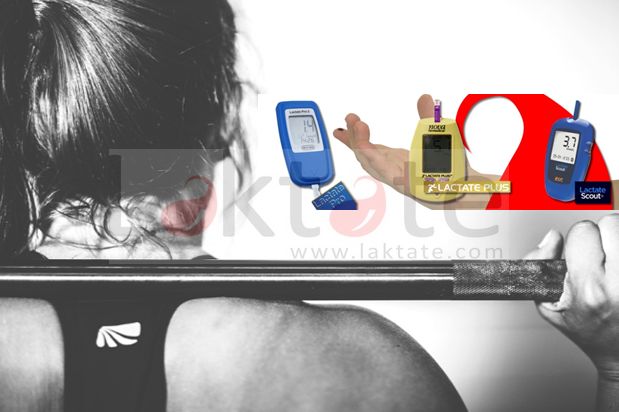 We are pleased to introduce the abstract of the article written by Chi-An W. Emhoff, Laurent A. Messonnier, Michael A. Horning, Jill A. Fattor, Thomas J. Carlson, and George A. Brooks. This article was published with the title “Direct And Indirect Lactate Oxidation In Trained And Untrained Men” by Journal of Applied Physiology 115: 829–838, 2013.
We are pleased to introduce the abstract of the article written by Chi-An W. Emhoff, Laurent A. Messonnier, Michael A. Horning, Jill A. Fattor, Thomas J. Carlson, and George A. Brooks. This article was published with the title “Direct And Indirect Lactate Oxidation In Trained And Untrained Men” by Journal of Applied Physiology 115: 829–838, 2013.
“Lactate has been shown to be an important oxidative fuel. We aimed to quantify the total lactate oxidation rate (Rox) and its direct vs. indirect (glucose that is gluconeogenically derived from lactate and subsequently oxidized) components (mg·kg1 ·min1 ) during rest and exercise in humans. We also investigated the effects of endurance training, exercise intensity, and blood lactate concentration ([lactate]b) on direct and indirect lactate oxidation. Six untrained (UT) and six trained (T) men completed 60 min of constant load exercise at power outputs corresponding to their lactate threshold (LT).
T subjects completed two additional 60-min sessions of constant load exercise at 10% below the LT workload (LT10%), one of which included a lactate clamp (LC; LT10%LC). Rox was higher at LT in T [22.7 2.9, 75% peak oxygen consumption (V˙ O2peak)] compared with UT (13.4 2.5, 68% V˙ O2peak, P 0.05). Increasing [lactate]b (LT10%LC, 67% V˙ O2peak) significantly increased lactate Rox (27.9 3.0) compared with its corresponding LT10% control (15.9 2.2, P 0.05). Direct and indirect Rox increased significantly from rest to exercise, and their relative partitioning remained constant in all trials but differed between T and UT: direct oxidation comprised 75% of total lactate oxidation in UT and 90% in T, suggesting the presence of training-induced adaptations. Partitioning of total carbohydrate (CHO) use showed that subjects derived one-third of CHO energy from blood lactate, and exogenous lactate infusion increased lactate oxidation significantly, causing a glycogen-sparing effect in exercising muscle.”
Please click here to download the original article:
Direct And Indirect Lactate Oxidation In Trained And Untrained Men
